Burj Al Babas: tour the ghost town of abandoned fairytale castles
Inside the ghost town of abandoned fairytale castles
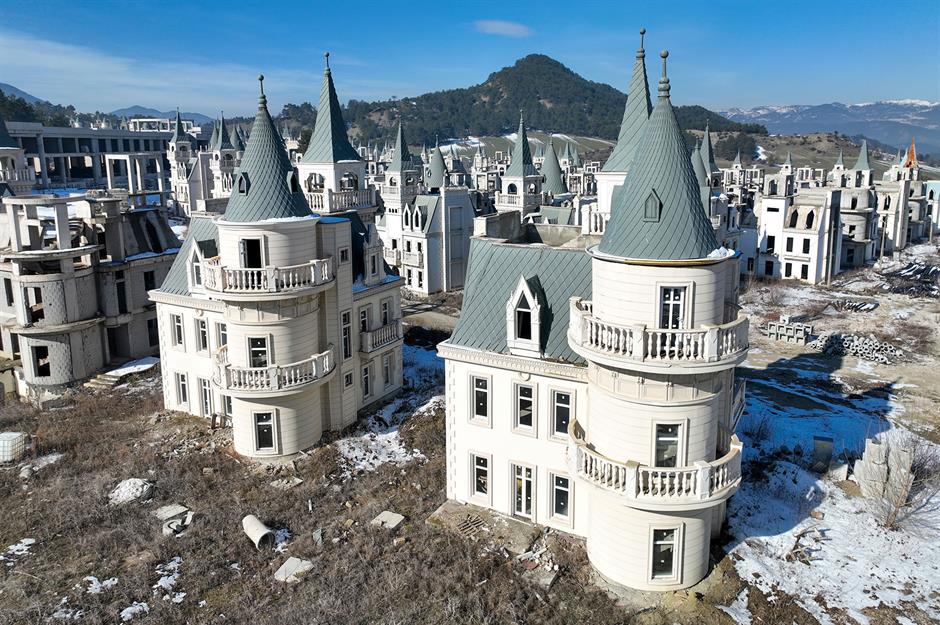
The Burj Al Babas resort promised high-end European-inspired châteaux and lavish amenities for its well-to-do buyers, but what should have been a dream development soon turned into a nightmare. More than a decade on, the site is still languishing with no hope of rescue.
Let's explore Türkiye's eerie abandoned town, where Disney-inspired fairytale mansions sit empty in a sea of construction debris.
Click or scroll on to discover the strange story behind the deserted development...
Frozen in time
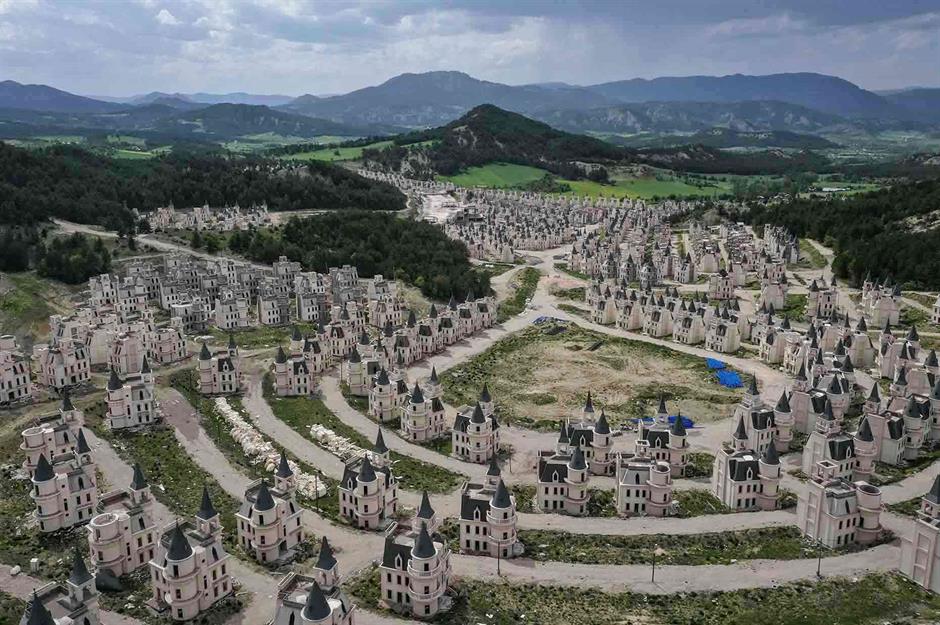
Despite the fairytale façades, the story of this decaying settlement doesn't have a happy ending – at least not yet. Sequestered in the hills of northwestern Türkiye, Burj Al Babas, once the next big thing in luxury housing, is now a thoroughly eerie sight.
The site is located near the historic town of Mudurnu, which is celebrated for its UNESCO-worthy Byzantine and Ottoman architecture. The unusual complex was met with mixed feelings by locals: while Mudurnu's mayor fully supported the development, others felt the grand, European-inspired mini-châteaux clashed with the traditional aesthetic of the area.
From dream to financial disaster
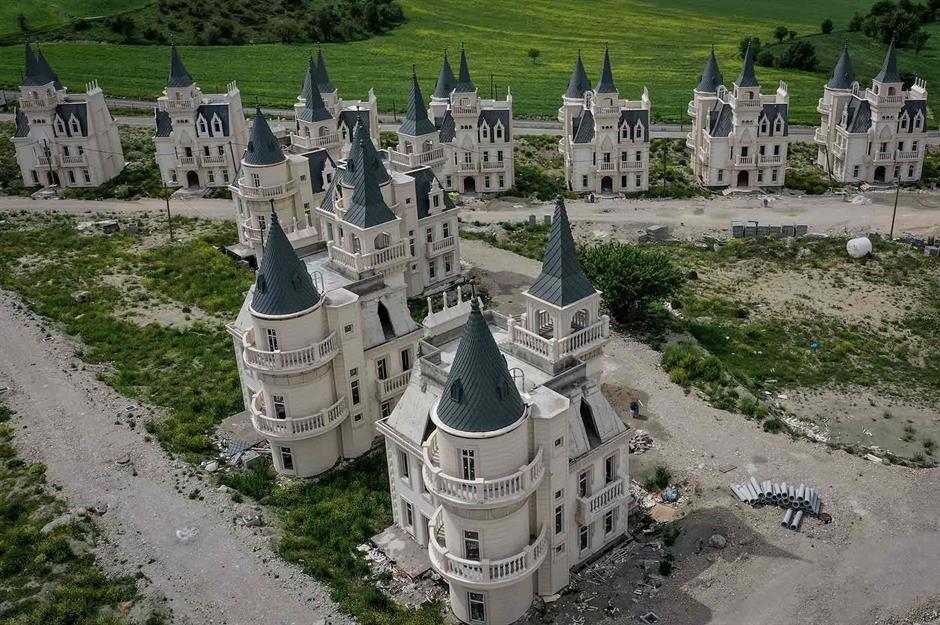
Row upon row of hundreds of turreted, identikit houses meet and part in orderly lines. What was intended to be a bustling new community filled with affluent residents is now a surreal ghost town, abandoned to the whims of Mother Nature.
The downfall of Burj Al Babas is a gripping tale of grand ambitions, controversy and devastating losses, leaving its future hanging precariously in the balance.
French inspiration
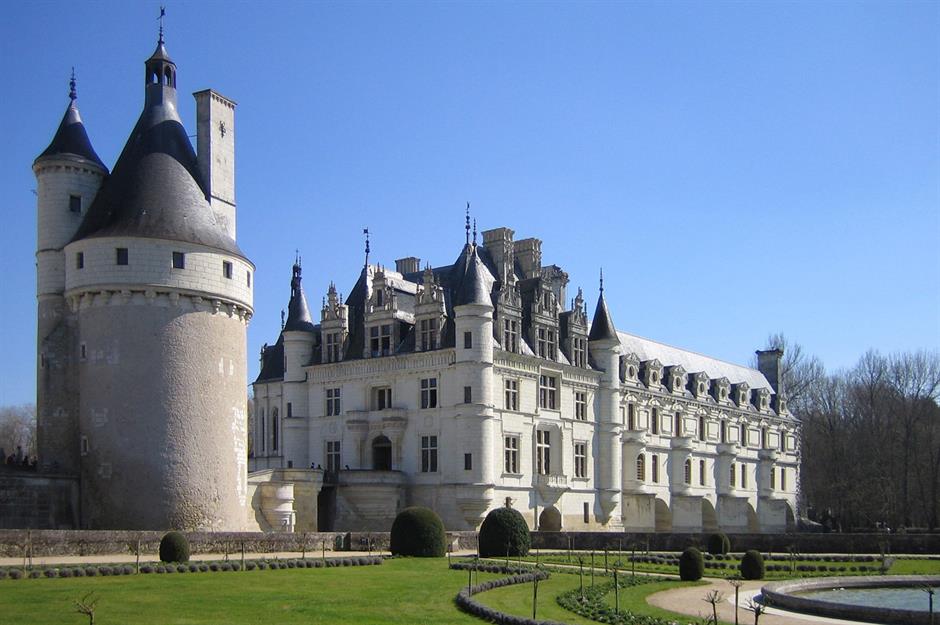
The Sarot Group, the masterminds behind the project, splashed out on an idyllic 250-acre (101ha) site just outside the historic town of Mudurnu in northwestern Türkiye.
Buoyed on by a booming property market, they envisaged a whimsical and romantic spa resort with 732 villas, reportedly inspired by the Château de Chenonceau in France's Loire Valley (pictured) and Istanbul's conical Galata Tower.
Construction on the fanciful $200 million (£153m) development began around 2011.
Swish brochure
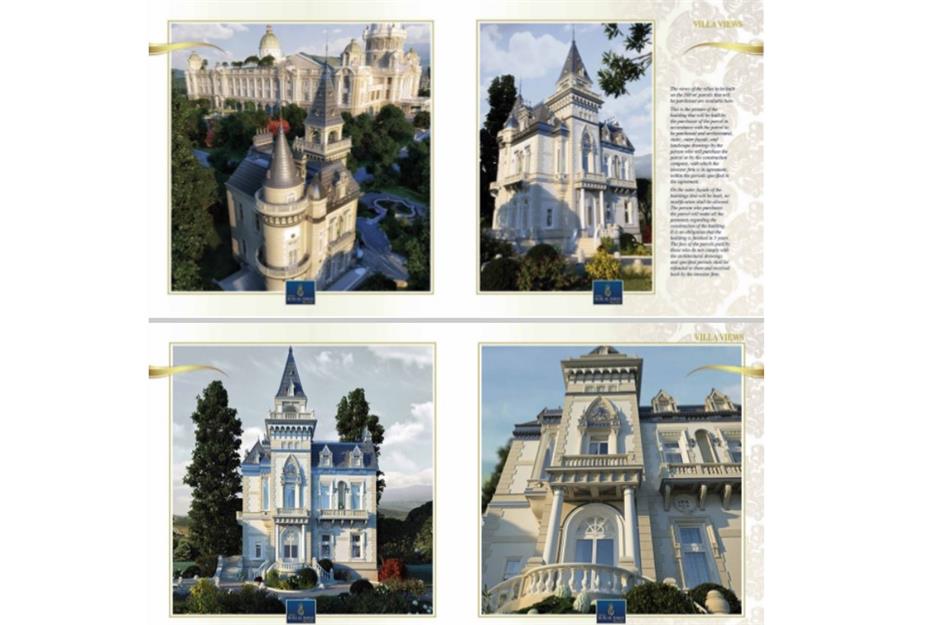
Headed by brothers Mezher and Mehmet Yerdelen, together with business partner Bulent Yilmaz, the Sarot Group wasted no time putting together a killer brochure to woo their target market: wealthy Gulf tourists.
This particular part of Türkiye has long been popular with visitors from the Gulf, who are drawn to its pleasant climate, verdant scenery and tranquil spa towns.
The company opted for an Arabic name for the project – 'Burj' means 'tower' or 'turret' in the language, while 'Al Babas' refers to a renowned spa in the region.
Tourist attraction
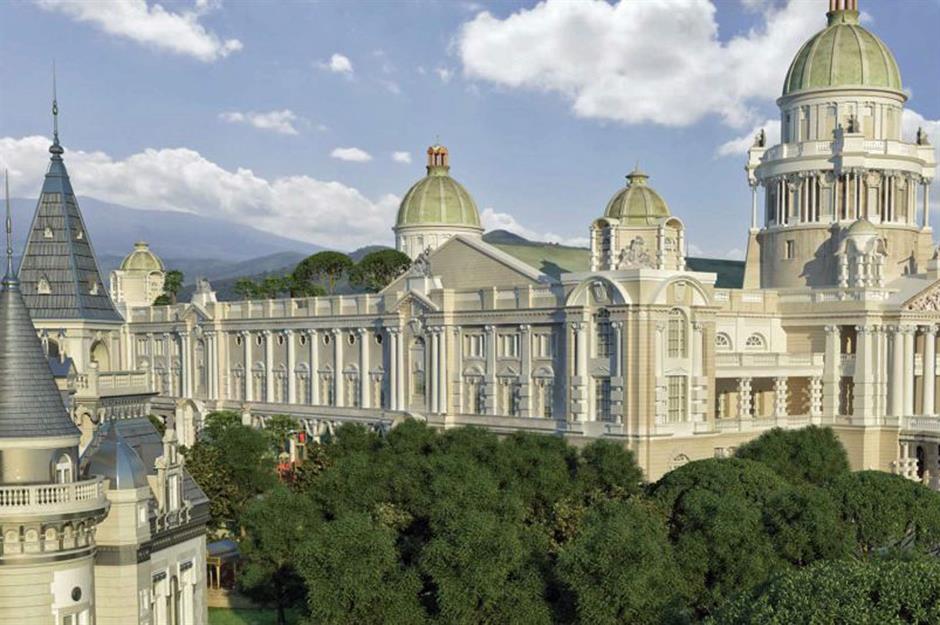
At the centre of the development was to have been a sprawling leisure complex housed in a neoclassical building, featuring architectural nods to the US Capitol, St Peter's Basilica in Rome and London's St Paul's Cathedral.
The thermal springs that bubble beneath the development are famed for their restorative properties, and the Sarot Group planned to make the most of this remarkable resource.
They intended to deck out the central complex with a number of jaw-dropping features, including an aqua park complete with water slides and streams, indoor pools, Turkish baths, saunas and steam rooms. A sustainable resource, the waters would have been used to heat the complex too.
Luxe interiors
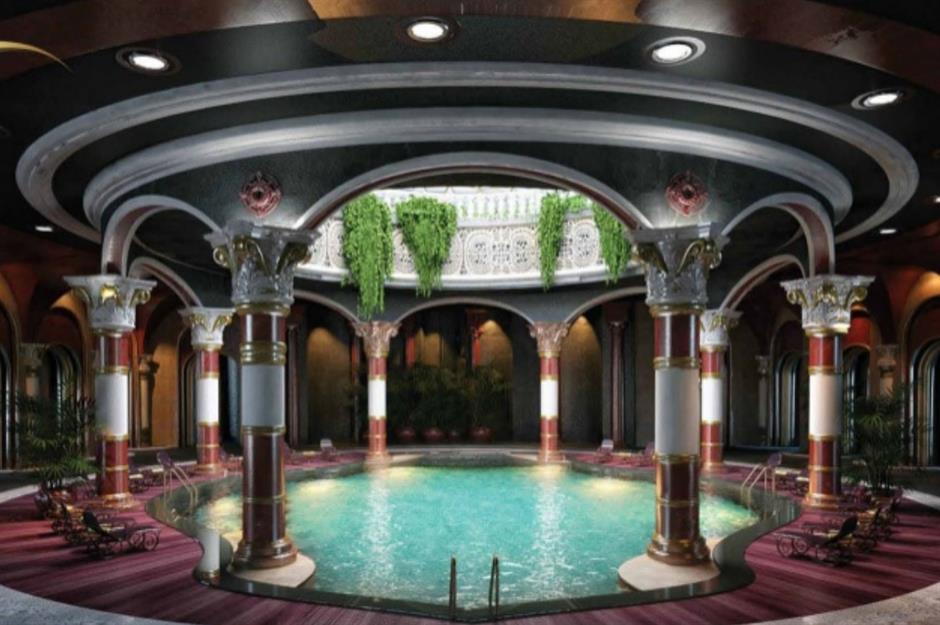
No expense was to have been spared on the interiors of Burj Al Babas, which judging by this render of an indoor covered pool under one of the building's domes, would have been clad in expensive marble.
As well as housing the spa facilities, the hub of the resort features a whole host of other lavish amenities. These include boutiques, restaurants, cinemas, children's play areas, conference halls and meeting rooms, not to mention fitness and beauty centres, tennis and basketball courts and covered football pitches.
Fairytale estate
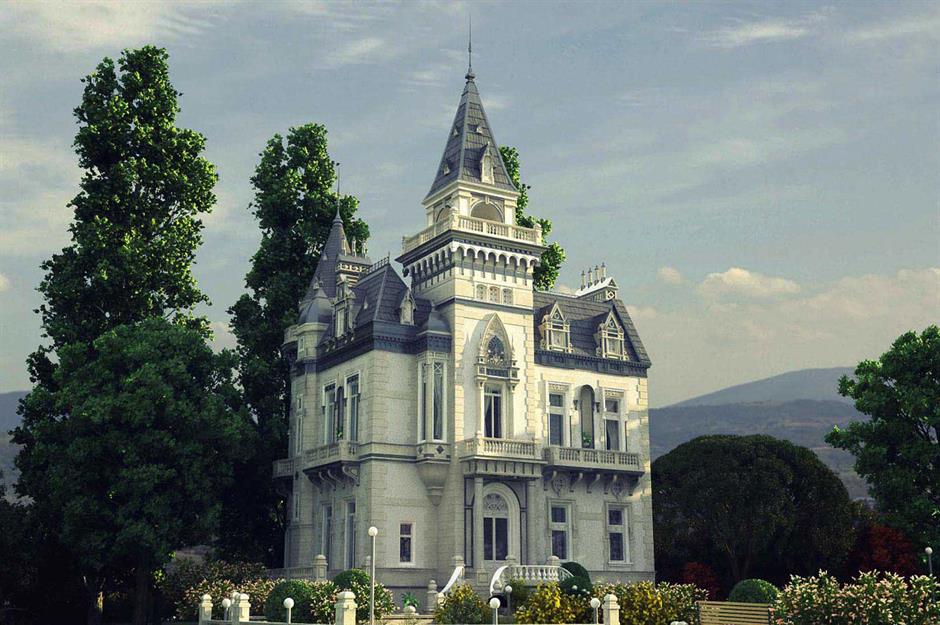
Meanwhile, each of the proposed 732 residences was designed in the same whimsical architectural style, as though straight out of a storybook.
Consultant Architect Naci Yoruk told arabianbusiness.com that the clients insisted on the distinctive château design. Needless to say, he went all-out, throwing in Disneyesque turrets, mansard roofs, dormers, balconies with stone balustrades and copious decoration.
Sumptuous rooms
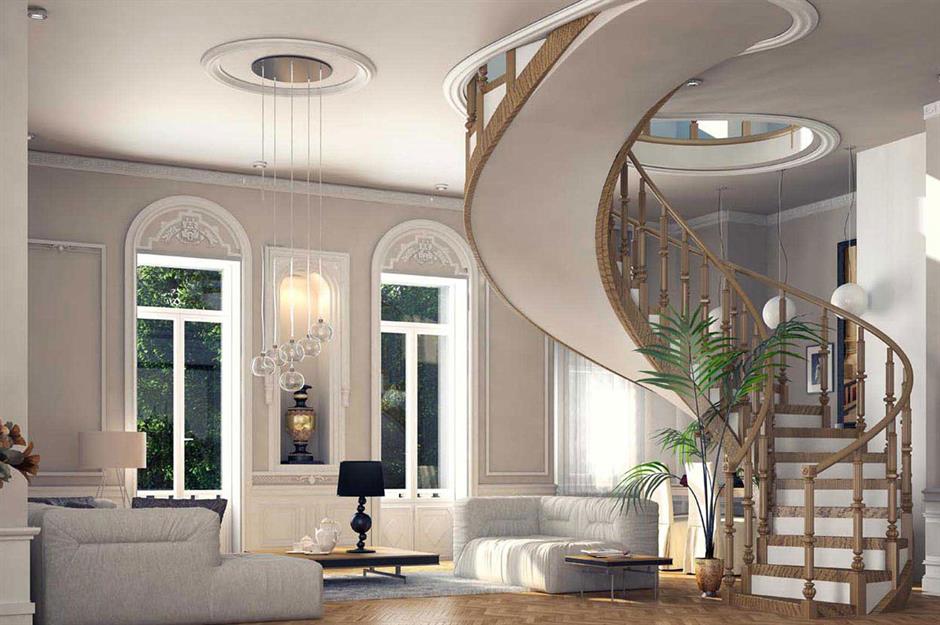
The fairytale homes were initially designed to be equally if not more impressive on the inside. Rooms were to boast high ceilings, ornate plasterwork, parquet flooring and other fine finishes, including a sweeping spiral staircase leading to the upper floor and a stunning rooftop terrace.
High-end touches
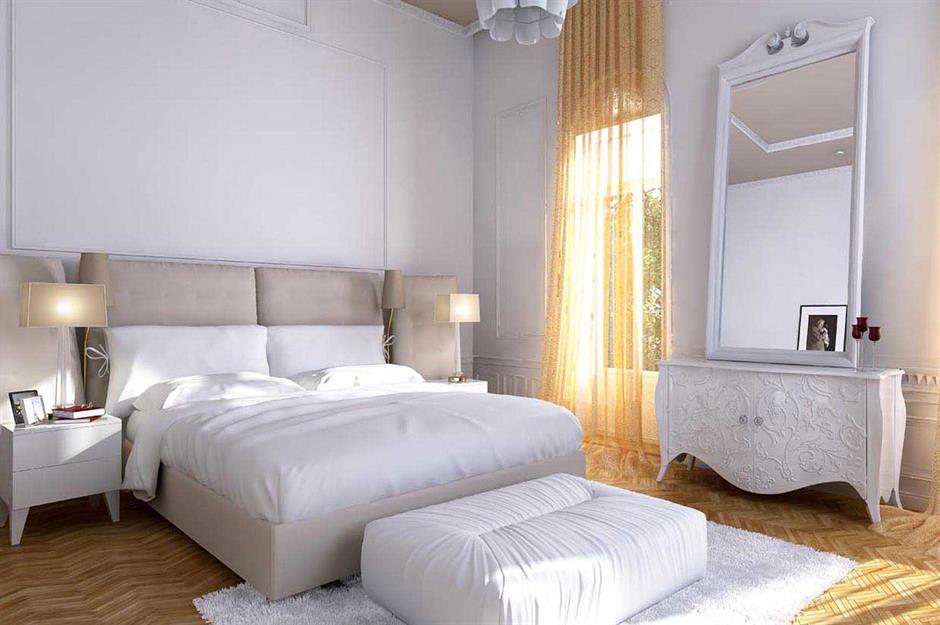
A Jacuzzi where homeowners could bathe in healing spa waters was to have been installed on each floor, and buyers were given the option of an indoor pool and a lift.
With construction off the ground, the Sarot Group opened an office in Kuwait and set about marketing their utopian vision, with the villas priced between $370,000 (£284k) and $500,000 (£383k).
Local opposition
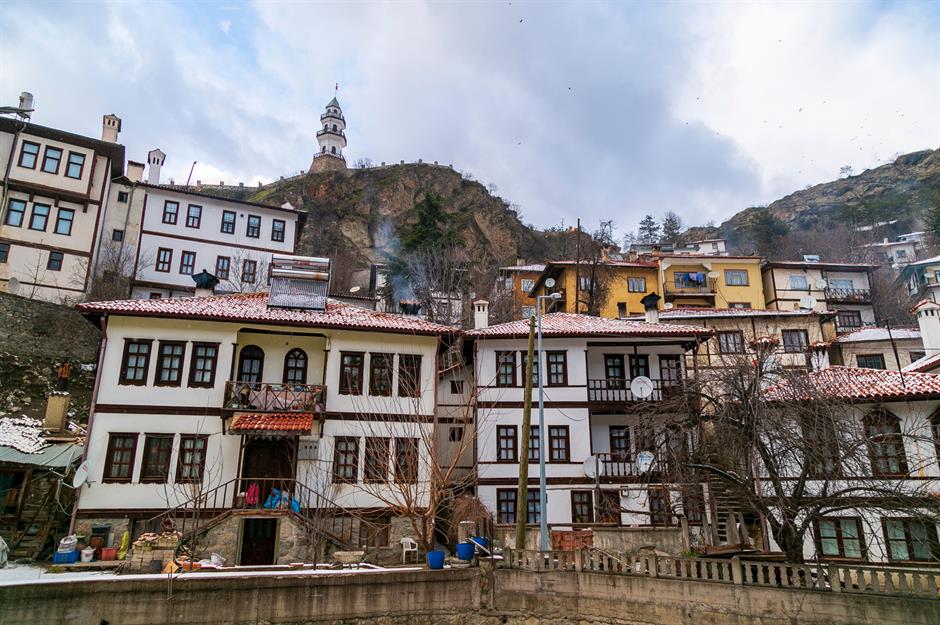
Meanwhile, local opposition to the controversial project was mounting. While the mayor of Mudurnu at that time, Mehmet İnegöl, is said to have been 100% behind the development, other members of the community criticised it, arguing that the mini châteaux were completely out of place and would end up blighting the landscape.
A potential UNESCO World Heritage Site, Mudurnu dates back to Roman times and is celebrated for its distinctive Byzantine and Ottoman architecture.
Tougher rules
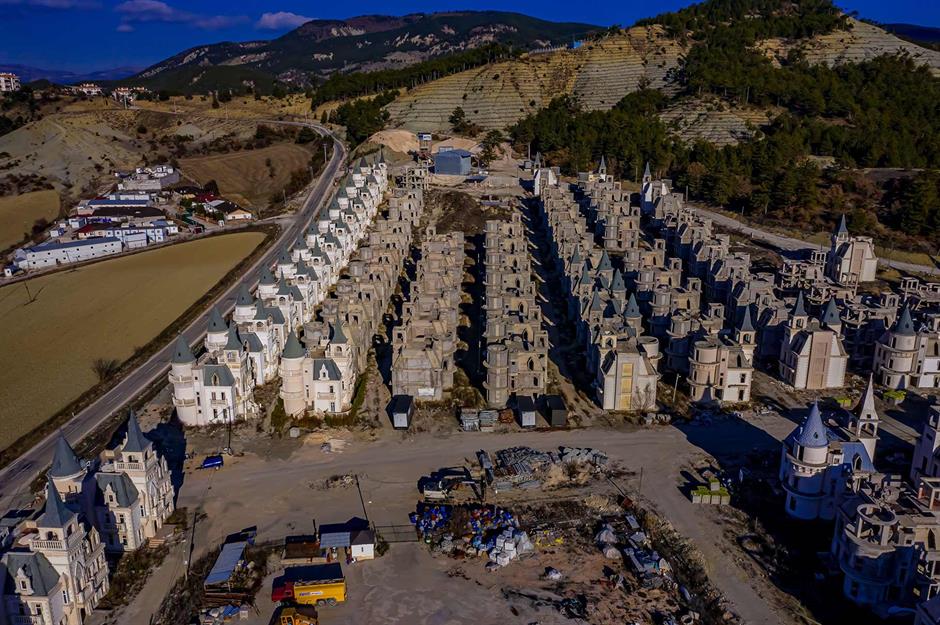
The Turkish government has since introduced regulations designed to preserve the historical integrity of the nation's cities, towns and villages, and prevent similar projects from making it off the drawing board.
However, the rules came in after work had begun on Burj Al Babas and construction continued unabated, with a peak workforce of 8,000 toiling away at the development.
Legal troubles?
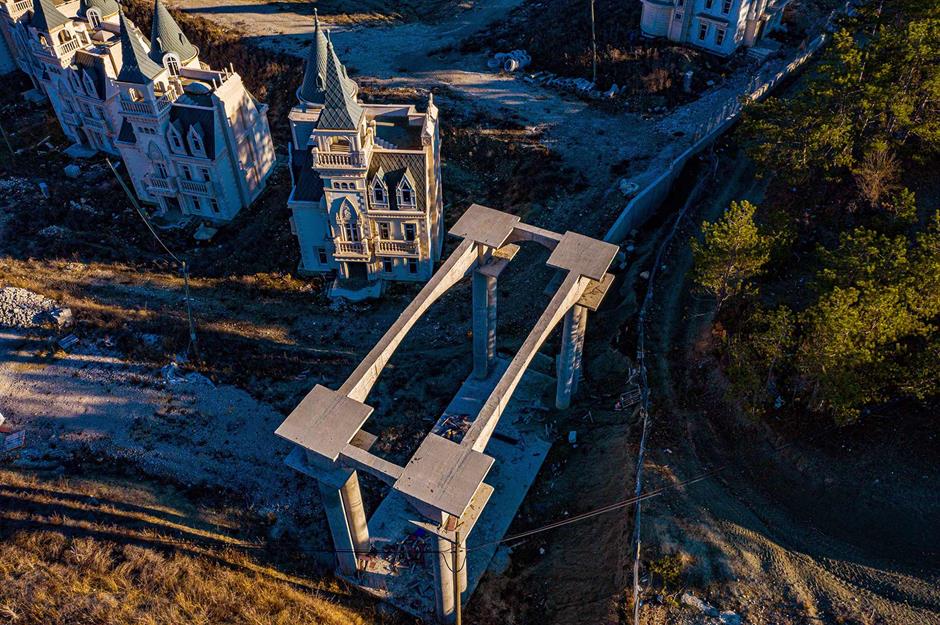
The then-mayor attempted to assuage locals' concerns, assuring them that the development would be hidden away in a valley outside the town.
According to the English-language Turkish news outlet Hürriyet Daily News, a criminal complaint against the Sarot Group for environmental damage in Burj Al Babas was filed in 2015. Their report mentions the destruction of 82 black pine and oak trees and the dumping of excavated soil on 6.5 acres (2.6ha) of pristine woodland, which further infuriated Mudurnu residents already up in arms about the resort's incongruous architecture.
High hopes
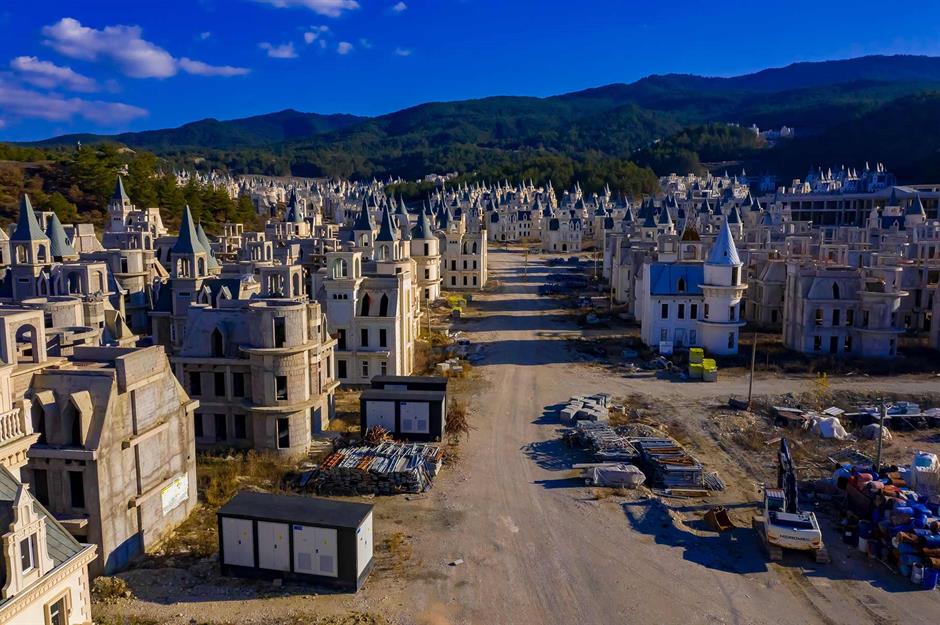
During the early stages of the development, the fairytale castles were selling like hotcakes and all was boding well for the project from a financial point of view.
Deep-pocketed buyers from Kuwait, the UAE, Qatar and Saudi Arabia were lining up to invest in the development and secure their very own French-style castle. But the storm clouds were brewing...
Strong headwinds
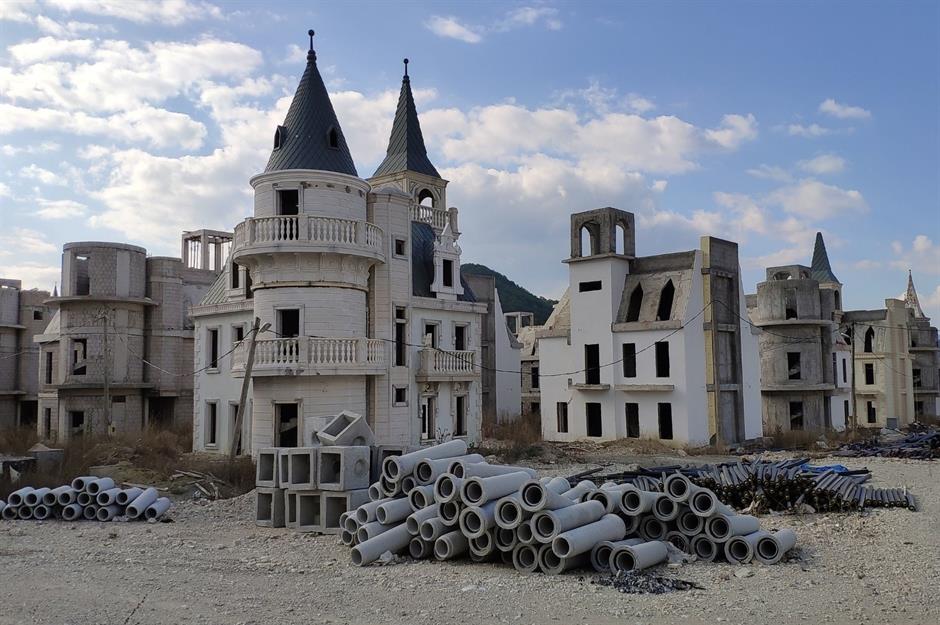
The Turkish economy was tanking and plummeting oil prices were hitting the developer's target market hard in the wallet. Sales began to dry up, but building work pressed on.
By summer 2018, 587 mini châteaux had been constructed, albeit in differing states of completion, though only around 350 had been sold.
Inside the show villas
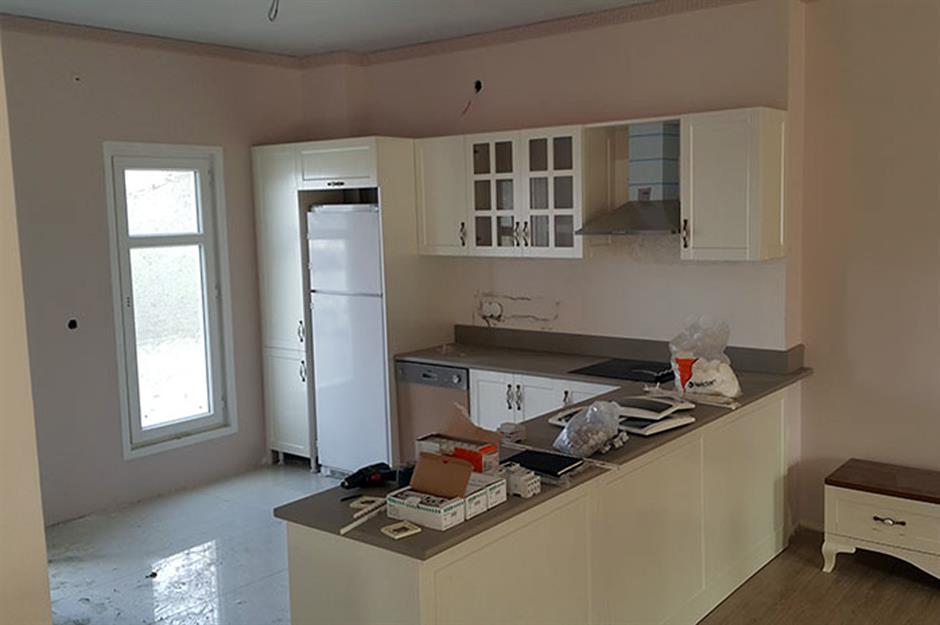
Compounding the developer's money woes, some buyers were reportedly struggling to pay the cost of the villas.
According to Domusweb.it, the vice-president of the company Mezher Yardelen said: “Some buyers have not been able to pay the [cost of the] villa."
With the company's debt burden climbing to $27 million (£20.7m), it needed to offload the remaining mini castles, and fast. Show villas were fitted out, but business remained far from brisk.
Finishing stages
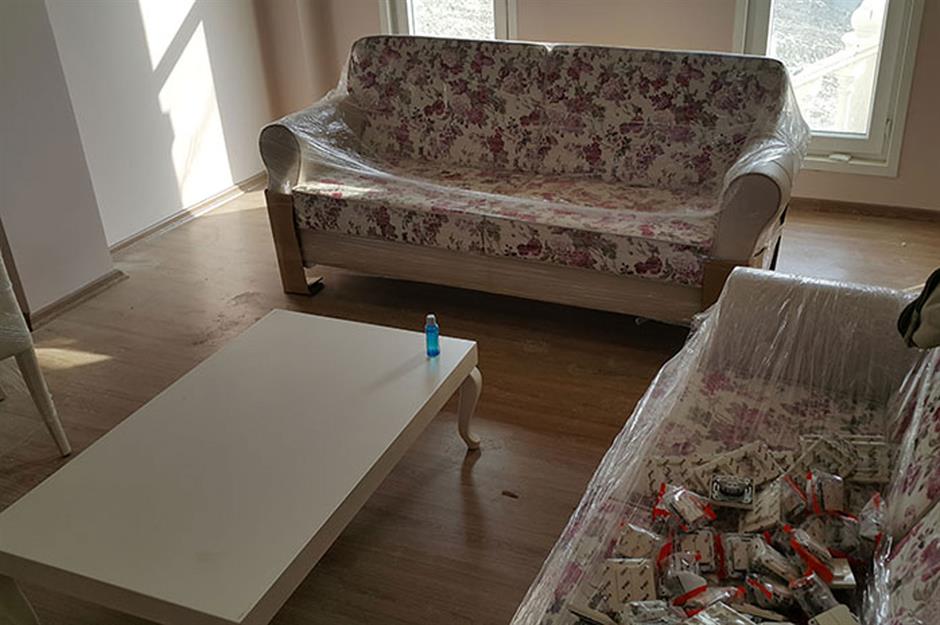
The Sarot Group also claimed in the post that the project was in the "finishing stages" and that the villas were "90% completed". But in June 2018, the Sarot Group applied for a concordat, which is an agreement that lets 'well-intentioned and honest' debtors pay back part of what they owe to appease creditors and stave off bankruptcy.
Bankruptcy order
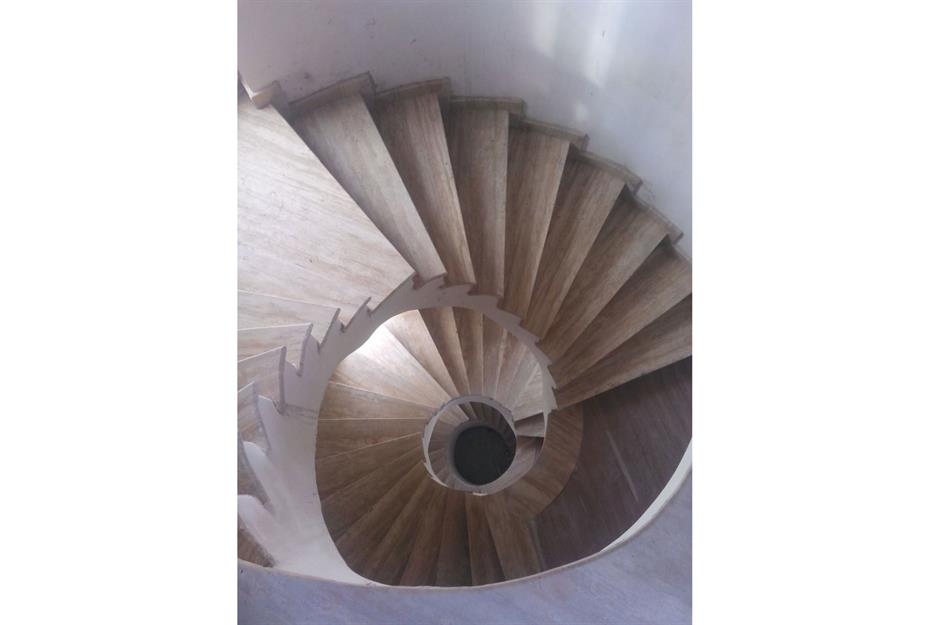
The court reportedly gave the firm three months to sort out its debts in accordance with the terms of the agreement, but the Sarot Group was unable to cough up the necessary cash and the deadline passed.
The Sarot Group asked for permission to restructure the outstanding debts, but the court refused and in November 2018 it imposed a bankruptcy order instead. Construction ground to a halt despite pleas for it to carry on.
Getting over the crisis
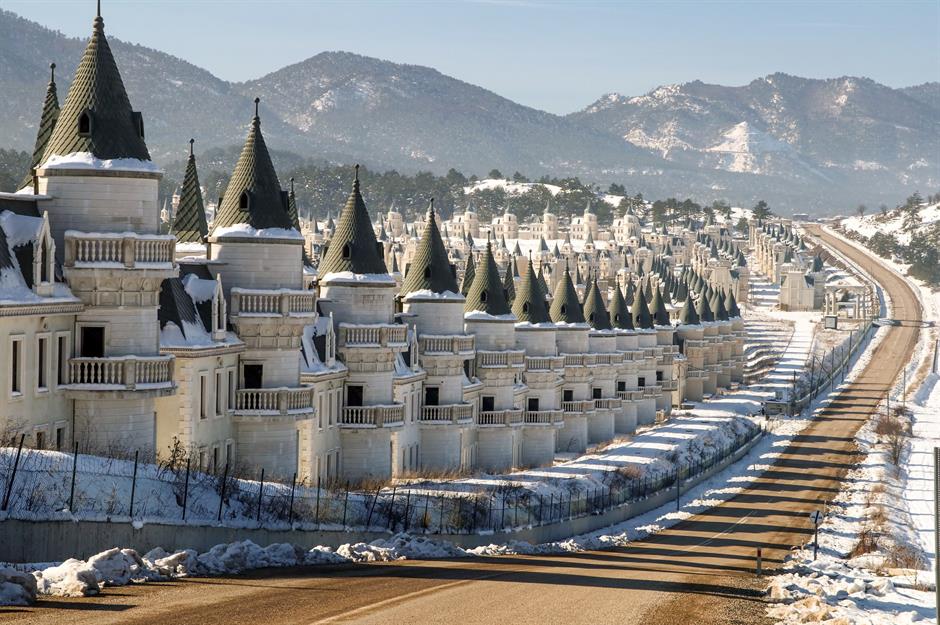
At the time, the Sarot Group said that the company only needed to sell an additional 100 villas to pay off its debts.
“The project is valued at $200 million (£153m),” Sarot Group Chairman Mehmet Emin Yerdelen commented in November 2018. “We only need to sell 100 villas to pay off our debt. I believe we can get over this crisis in 4-5 months and partially inaugurate the project in 2019.”
Abandoned ghost town
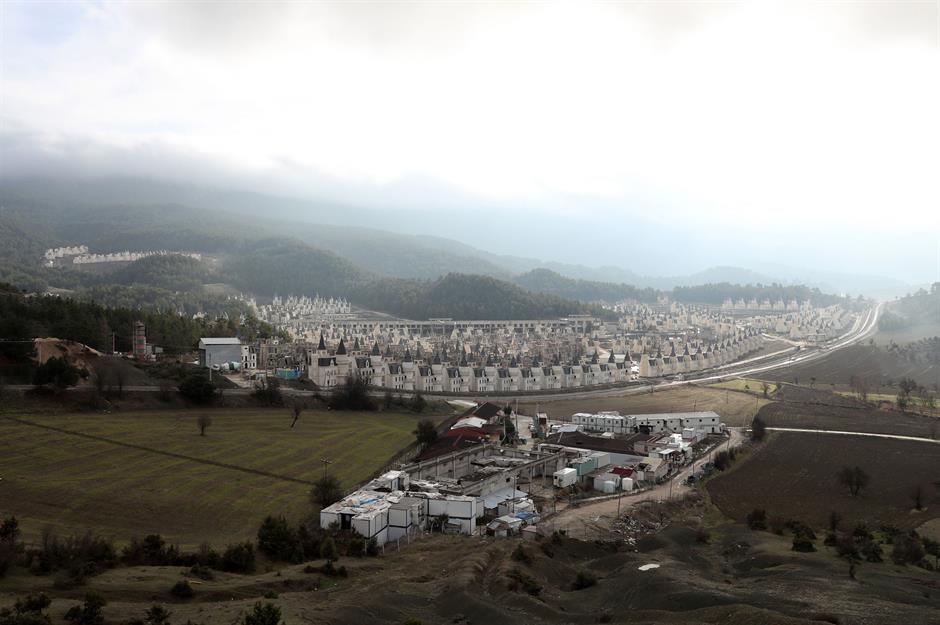
Yet sadly for the group, nothing much happened in the years that followed Yerdelen's positive comments.
Burj Al Babas has pretty much become an abandoned ghost town. Although the court did eventually allow the Sarot Group to continue marketing the completed mini châteaux after the firm's lawyers lodged an appeal, the project came to a standstill.
Golden passports

In 2018, in a bid to entice overseas property investors to boost the flagging market, the Turkish government acted to reduce the minimum property investment required for a foreign national to secure citizenship from $1 million (£767k) to just $250,000 (£192k), but Burj Al Babas still found itself floundering.
Tight fit
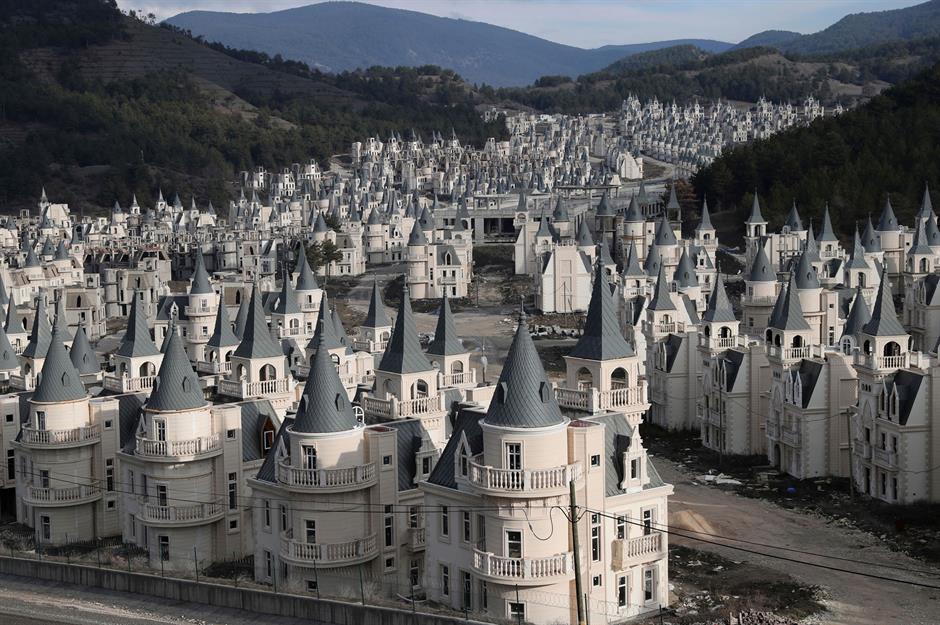
While each has a small garden, the mini châteaux stand almost shoulder to shoulder, with little space separating one from the other.
“They ask for walls,” Mehmet Yerdelen told US news publication The New York Times, “but I say no, there will be trees instead.”
Positive voice
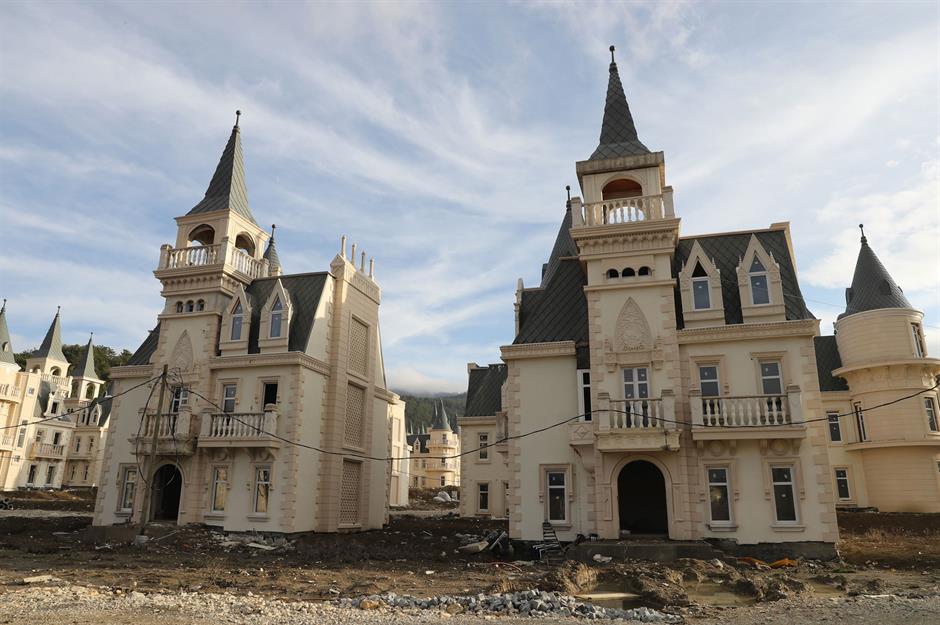
The New York Times also spoke to Imad Yousef, a real estate broker in Kuwait, who spoke positively about the development.
“I hope to make some money, and I will use it myself,” he said. “When the project is finished, God willing, it will be amazing.”
Expectant investors
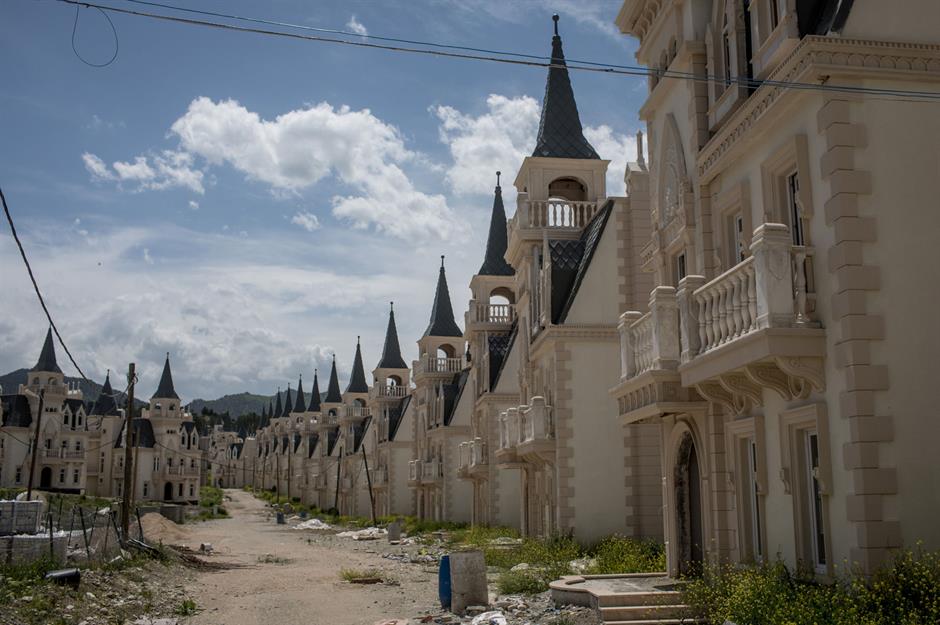
Other buyers, as you can imagine, aren't quite so optimistic. “In 2013, I purchased a timeshare studio for 13,000 Turkish Liras. I fully paid the cost. My timeshare was supposed to be delivered in 2015,” investor Nilüfer Önce told Hürriyet Daily News. Another called for his money to be refunded.
Construction resumes

A breakthrough came in November 2019. By this point, the Sarot Group had discharged 50% of its debts, persuading the court to reverse the bankruptcy decision. Permission was granted for the construction of the remaining villas to resume, much to the delight of the developer and the project's investors.
Further delays
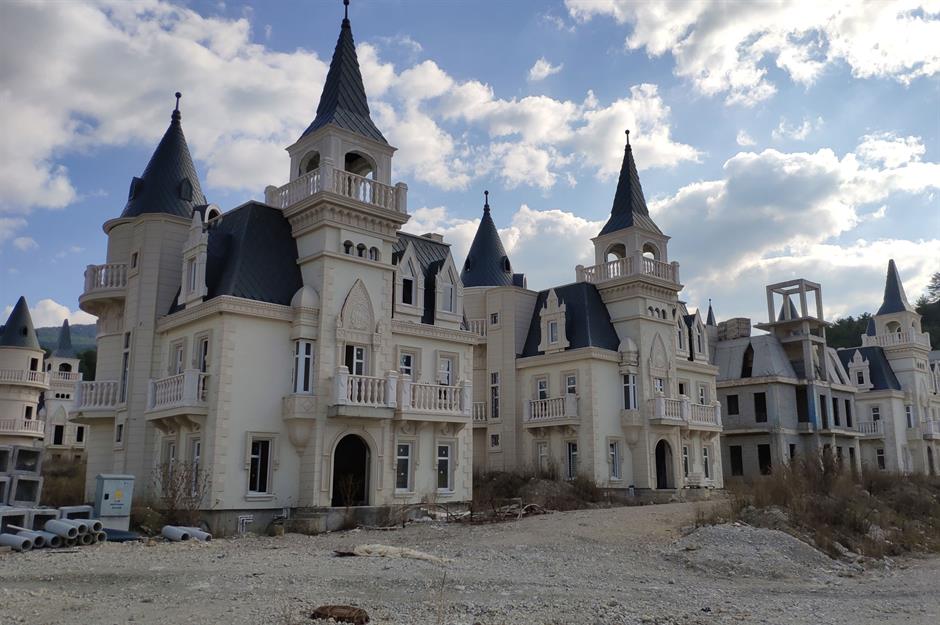
Construction was stalled again over the winter due to inclement weather conditions and then the pandemic struck, which likely added a further very significant delay due to lockdown and other disease-mitigating measures.
Still, Burj Al Babas hasn't been short of visitors over the past few years, and the abandoned dream homes have fast turned into a cult attraction.
Arty endeavours

In February 2020, conceptual designer and director Alexandre Humbert shot a short at Burj Al Babas, reimagining the place as a theme park called Sleeping Beauties, where visitors stump up a small entrance fee to photograph the empty villas.
Meanwhile, in the autumn of the same year, the music video for Meduza's smash hit 'Lose Control', which has an edgy, post-apocalyptic feel, was filmed in and around the modern ghost town.
Urbex hotspot

The site has also attracted its fair share of urbex enthusiasts. In December 2020, intrepid vlogger and UK TV host Mike Corey paid Burj Al Babas a visit with a couple of buddies in tow and posted a video of the experience on his Fearless & Far YouTube channel, racking up more than 2.4 million views for his efforts.
However, by the looks of the most recent images to emerge of the development, little has changed in recent years for this dilapidated outpost...
Burj Al Babas completion date
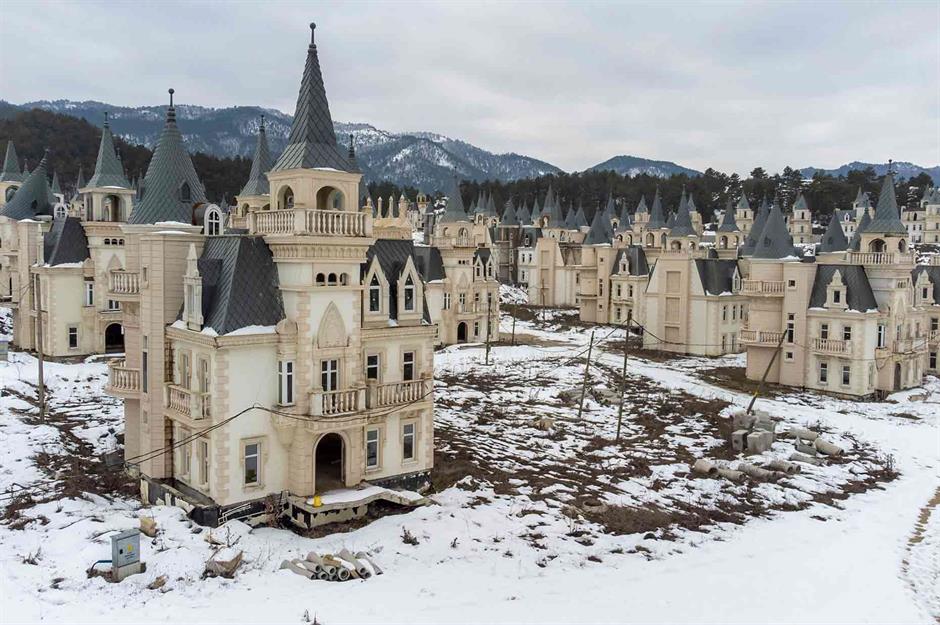
This image shows the villas shrouded in snow in February 2022. While their architecture is still grand and stately, many are open to the elements and the winter frost. A power line appears to run through the site, but it looks less than stable, and discarded construction materials litter the frozen ground.
If, or when, this deserted development will be completed is anyone's guess. The Sarot Group's CEO Mezher Yerdelen vowed to have the project done and dusted in 2021. While that promise clearly hasn't come to fruition, a change of ownership has since occurred, which could see the site redeveloped.
Changing of hands

According to travel publication Atlas Obscura, Burj Al Babas was acquired by US multinational company NOVA Group Holdings later in 2021. Mujat Guler, the CEO of NOVA Türkiye, confirmed the purchase to the publication: ”Yes, we have acquired this project and a few more from Sarot. We will continue as planned and, like Sarot, we are actively looking towards the Gulf countries for future clients.”
It's unclear what the American company intends to do with the site. It could be completely redeveloped as a brand-new residential or commercial project. Alternatively, NOVA may choose to salvage what they can from the acreage and finally bring the original plan to fruition.
Construction stalled
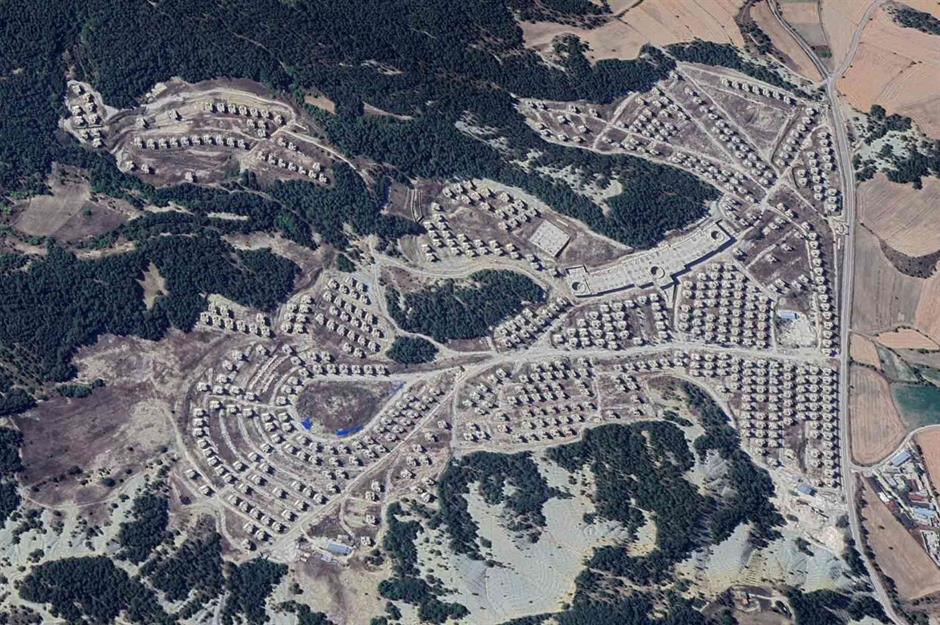
However, judging by this Google Earth image, which captures Burj Al Babas as it was on 27 September 2023, the site is in much the same state as it has been for the past few years, despite the change in ownership.
It's quite something though to see the sheer scale of the project from the sky – all those orderly lines of villas lying dormant, waiting for residents who may never arrive.
Uncertain future
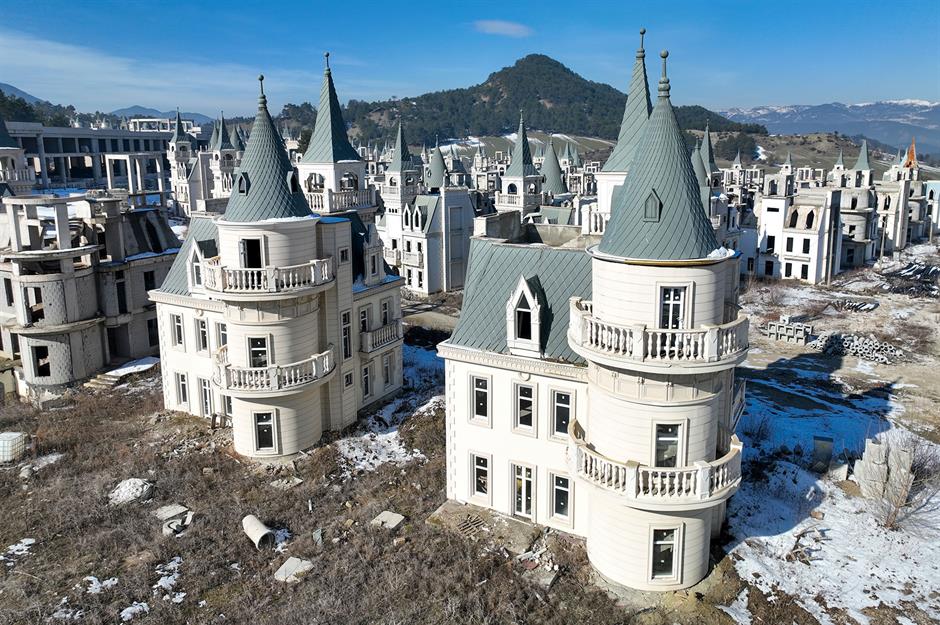
Given the absence of activity at the building site and the latest images of the development, it doesn't look like the town's new owners are in any rush to revive this ill-fated development. Who knows if this failed project will ever see its grand plan realised. Hopefully one day, Burj Al Babas will get the fairytale rescue it so badly needs.
The Sarot Group did not respond to requests for comment for this story.
Loved this? Take a tour of more fascinating abandoned homes from around the globe
Comments
Be the first to comment
Do you want to comment on this article? You need to be signed in for this feature